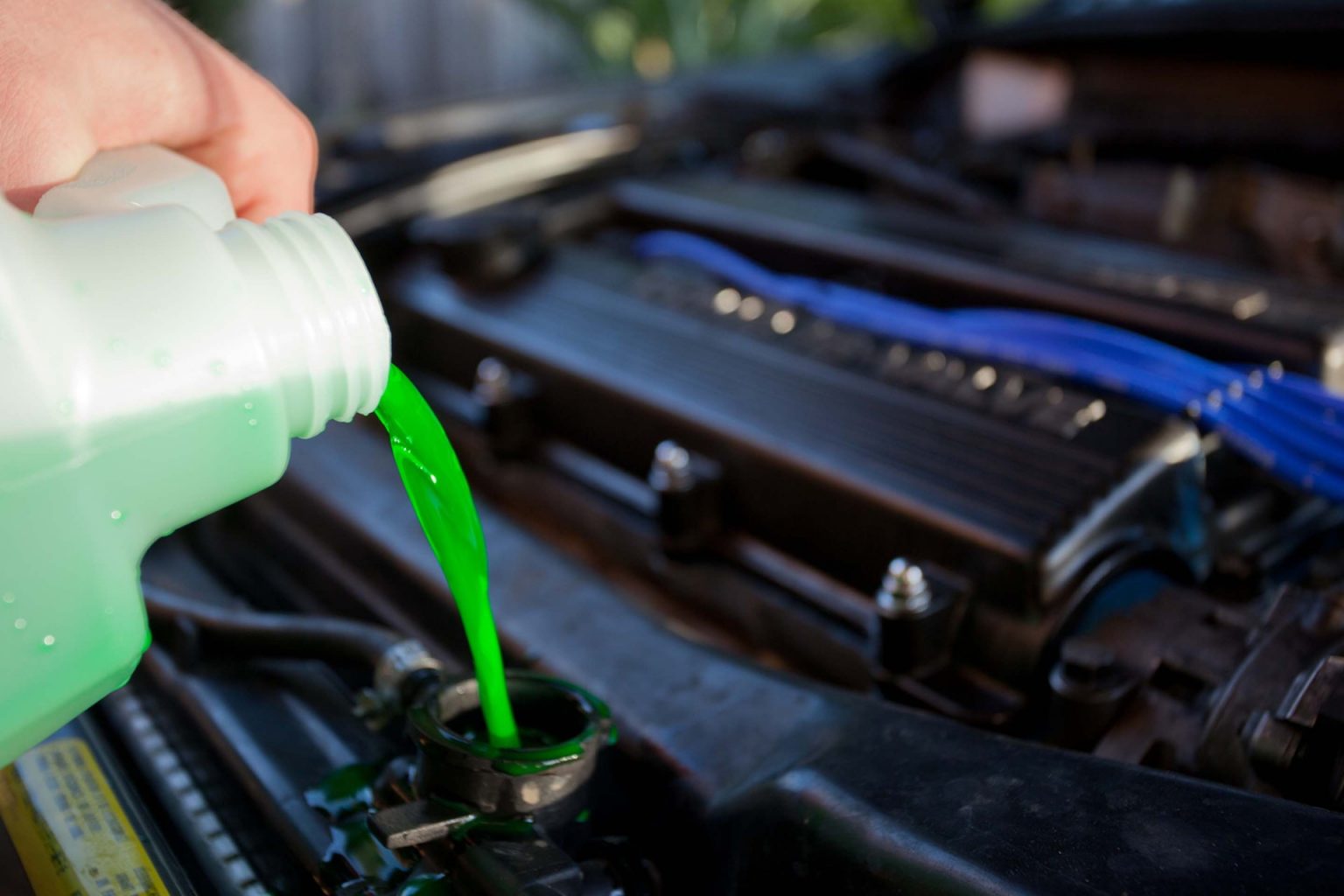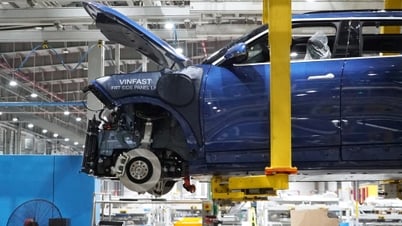1. What is coolant?
Car coolant has the task of cooling, dissipating heat, helping the car engine maintain the most ideal working temperature.
When the engine is running, the mixture of air and fuel burned in the engine cylinder will produce a large amount of heat. However, only a part of the heat is converted into work, the rest is released to the outside, causing the engine temperature to increase. If the engine temperature increases beyond the allowable threshold, the engine oil will not have a good lubricating effect, leading to increased friction, causing the machine parts to wear out quickly and be damaged.

In addition, if the engine temperature increases too high, it can also cause the oil temperature to increase. Oil temperature from 200 - 300 degrees Celsius can spontaneously ignite, causing the risk of engine fire and explosion.
This is the reason why the engine needs a cooling system to dissipate heat and maintain the engine's working temperature at the most ideal level. In this cooling system, coolant plays a very important role, directly participating in the engine cooling process.
Coolant is pumped around the engine through a system of pipes and water circuits within the engine. The coolant absorbs heat from the engine, thereby reducing the engine temperature. After a cooling cycle, the coolant enters the radiator to be cooled by air before starting a new cycle.
2. When to change the coolant
According to the recommendations of car manufacturers, the radiator should be cleaned and the coolant should be changed after every 40,000 - 60,000 km of operation. In case the car moves with high frequency, heavy load, runs a lot in harsh weather conditions such as hot sun... the radiator should be cleaned and the coolant should be changed sooner. In addition, during the use of the car, the coolant should also be checked regularly to promptly detect any problems if any.
3. How to check car engine coolant
- Check the coolant temperature gauge, if it points to the H section then you can know that the coolant has been used up.
- Through the "Check Engine" light for example, this light turns on by itself, indicating that there is a problem with the engine and the coolant needs to be checked.
- Check the undercarriage for coolant leaks. If there is a leak, you can easily see it right away, because the coolant has a clear reflector that will light up when the driver removes the lights.
- Car coolant needs to be checked regularly.
4. Notes when checking car coolant
- Do not open the radiator cap.
When checking the car's coolant, do not open the radiator cap when the engine is hot (there is also a warning on the fuel tank cap). When the engine is hot, the temperature and pressure inside the cooling system are very high. When opening the radiator cap, hot water can splash out causing very dangerous burns.
- Keep the car coolant level in the safe zone
The coolant level in the sub-tank should always be between the “Full” and “Low” positions, some cars have the symbols “Min”, “Max”. If the coolant level falls below the “Low” level, more coolant needs to be added.
Source







































































































Comment (0)